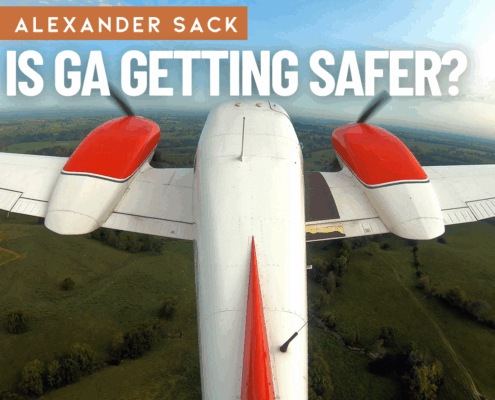
Is GA Getting Safer?
OpinionThe AOPA Air Safety Institute (ASI) recently released their 35th annual accident report. And the good news is that GA has never been safer. However, even though most of the press coverage has been mainly focused on the report’s positive high-level trends, the devil is as they say, in the details.
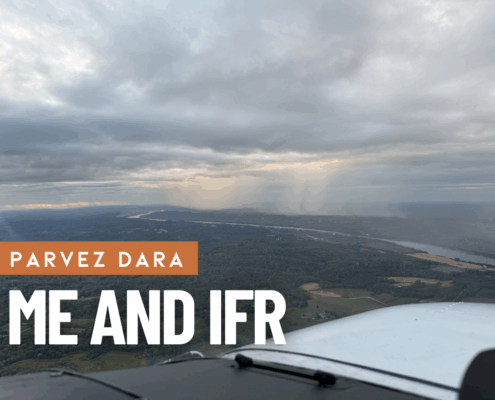
Me and IFR
OpinionDuring another smooth cloudy day, a relative—who shall remain unnamed—asked if I wanted to fly. Weather was marginal VFR; he had his IFR rating. At 3,000 feet, we entered clouds. I panicked briefly, deer-in-headlights style. Calmly, he asked me to hand him his foggles from the seat pocket. Did that give me confidence? Not really. But the flight remained calm and uneventful. He wore view limiters in clouds for comfort—something I couldn’t quite fathom at the time.

Yes, I Still Take Flying Lessons
OpinionI approach every flight with an instructor with a plan of my own. I don’t just show up because the calendar says it’s time. I bring specific goals, real-world questions, and skills I want to sharpen. My annual IPC isn’t about checking FAA boxes; it’s about tackling challenges I’ve faced over the year and flying approaches that have pushed me.

Generally Affordable? The Truth About Flying Costs
OpinionThe economics of flying is not for the faint of heart. In fact, the average cost of just getting your “license to learn” is now hovering around the $20,000 mark. And if that number doesn’t faze you, then let me sprinkle in some rampant inflation, a tight insurance market, and just the high opportunity cost of staying current—let alone proficient—into the mix.
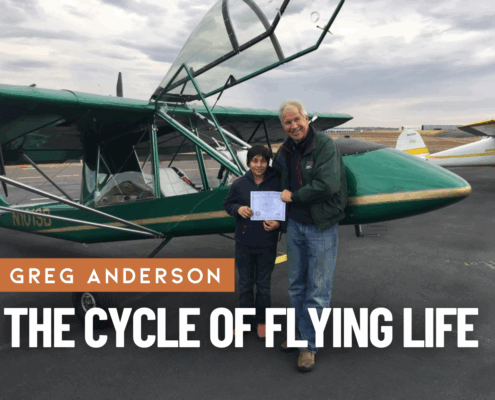
The Cycle of Flying Life
OpinionMemories of first flights will include astonishing detail. That first transition—from wheels to wings—is a sensory overload, an oh-my-gosh experience. Most will remember where, when, and what type airplane. Sights, sounds, even smells. And, of course, special thoughts are reserved for the pilot who gave them their first flight.
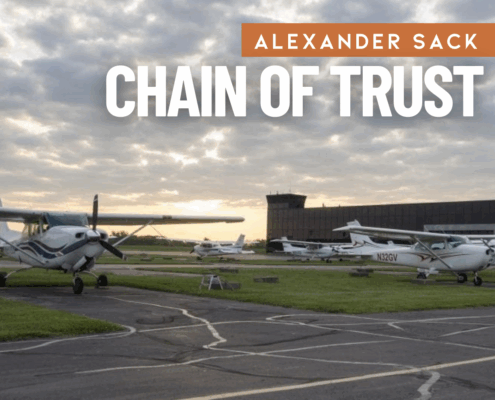
Chain of Trust
OpinionIf there is one aspect of general aviation I’ve learned over my relatively short stint aloft, it’s that the safety of any flight is not just dependent solely on the decisions I make, but also on the ones others have made for me—without my knowledge or even consent. In fact, all of general aviation relies on an implicit chain of trust that, when broken, can and does result in dire consequences.
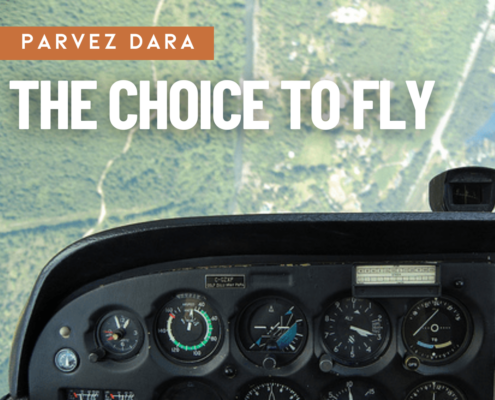
The Choice to Fly
OpinionNow we were nose-down, spinning, and rapidly losing altitude. The earth swirled in the windshield, the tall pines below getting closer. I don’t remember how many turns we made, but somewhere between the second one and the top of those trees, he cut the power and stopped the rotation. We were still descending fast. Sweat poured down my face, driven by the sudden surge of fear, my novice brain gripped by self-preservation.

The First Flight After Maintenance, and Texting While Wrenching
OpinionFlying has dangers, always has, but they were just different dangers in the past. But some of the dangers of flying persist. Like the danger of flying an aircraft the first time after maintenance has been done to it. A bad mechanic can kill you dead with an error—and they’ll go have lunch (with an ATC guy) while you take a dirt nap.

Mea Culpa: Confessions of a Joyful Pilot
OpinionOver the last several months, I have committed several aviation sins. I once went on a flight without checking the weather. I recently departed without calculating my takeoff distance or obstacle clearance. On more than one occasion, I landed from a non–“stable approach,” being both below and above target approach speeds. I’ve flown non-standard traffic patterns. I’ve flown outside the glide range to the nearest airport. I’ve even flown without talking to ATC or filing a flight plan.

Why I Returned to Stick and Rudder
OpinionWhen I first read Stick and Rudder, I had just started flying lessons. The lessons were going well, and my curiosity about aviation had turned into full-blown infatuation. I wanted to know everything, so I was consuming everything—magazines old and new, Reddit posts, YouTube videos. Somewhere in a best-of list, I found Stick and Rudder: An Explanation of the Art of Flying, by Wolfgang Langewiesche.

ADS-Fee?
OpinionImagine flying out on a perfect CAVOK day to bathe in all that heavenly glory. Now imagine a few weeks later receiving a bill in the mail for a “landing” fee from an airport you, well, never landed at. Welcome to PLANEPASS!

A Different Kind of Pilot Decision—Choosing Not to Fly
I was there, OpinionIn my airplane, I am the source of reliability—or unreliability. The flight doesn’t leave without me. If I don’t like the weather, I don’t go. If I need to divert, I can. I choose my departure time. I build in margins. And most importantly, I have the authority—and practice—to say “no.”

What the Sky Taught Me
OpinionSmall airports hold a peculiar magic—they exist in the present moment while preserving a vision from long ago. For decades, I watched small aircraft come and go from these little strips, until at 49, that pull became a question I couldn't ignore: what was I missing by staying on the ground? What relationships—what dialogue—awaited me in the sky?

Cleared Into the Thoma Bravo—ForeFlight Has New Owners
OpinionForeFlight is still considered the EFB standard with a very loyal user base—it’s their market share to lose. However, I also don’t think their future is entirely CAVOK either: In the 25-plus years I’ve been in the software business, I have never met a private equity deal I liked. Mainly because private equity’s primary (only?) focus is maximizing ROI, usually at the expense of innovation, while with traditional corporate ownership it tends to be the other way around.

Do We Like Airplanes or Other Pilots?
OpinionIf you look at pilots demographically, you’ll see a wide spread—different backgrounds, different ages, different aircraft. But psychologically, we often share a lot: high conscientiousness, high independence, strong internal motivation. (Yes, there’s actual research to back that up.)

Know Thy EFB
OpinionYour EFB is only as good as the data it uses. Consequently, it’s absolutely imperative that before you jump into the cockpit with your trusty mount, fully set up your EFB. And that’s more than just waiting for it to automatically download the latest weather and charts.

In Defense of the Paper Nav Log
OpinionThe typical mid-lifers are accomplished overachievers. The way they see it, they could easily learn the Rubik's cube of a paper nav log if they were made to do it. But why require them to spend hours mastering a process that in the real world of EFBs, they'll never have to use again? For a mid-life pilot, this seems like a criminal waste of time.

Why Crash Videos and Social Media Don’t Mix
OpinionI get that we all speculate in private on crashes since we have a natural tendency to try to understand tragedy after it unfolds. But when we speak publicly on social media or even to our friends and family at home, we become ambassadors for aviation. And as ambassadors, I firmly believe we need to steer these conversations toward supporting our fellow pilots who were involved in the incident as well as understanding how we can prevent it from happening again. And any online content that goes against these tenets should be strictly avoided or even better, unsubscribed.

Checking The Checklist Checks
OpinionChecklist usage shouldn’t feel like a chore, nor should it feel mandatory (and from a regulatory standpoint, it isn’t), but rather an act of habit. And the quality of checklists you use is directly responsible for how often you use them! Because once checklist usage feels natural instead of premediated, you don’t have to think about it anymore.

Airline Pilots Are the Most Scrutinized Profession
OpinionPilots undergo recurrent checks and proficiency checks administered by check airmen that observe and evaluate to ensure compliance and standardization throughout the company and industry. These checks are pass or fail. Doctors, lawyers, and judges are not checked to ensure their ability to perform their duties.
